
Oops, My Shoulder Spontaneously Self Destructed or How to Find a Good Physio
Participating in athletics since the age of eight, I have seen more health practitioners than most. My experience with physios has been mixed although I will say that the younger generation of physiotherapists generally seem far superior to the old-timers. There are exceptions of course, our friend Peter Curtain at Dunbar Physio is one of the rare old-time physios who has remained current with the research and continued to adopt best practices. This is why we often recommend him and his team to athletes.

Monday night I went to bed healthy. 3 am Tuesday morning I was awakened by excruciating pain in my left shoulder. I have slept badly on it before so I got up to mobilize it which usually alleviates the symptoms but I discovered my arm was nearly useless, the pain far more severe than usual and the arm unusable with a very limited pain-free range of motion.
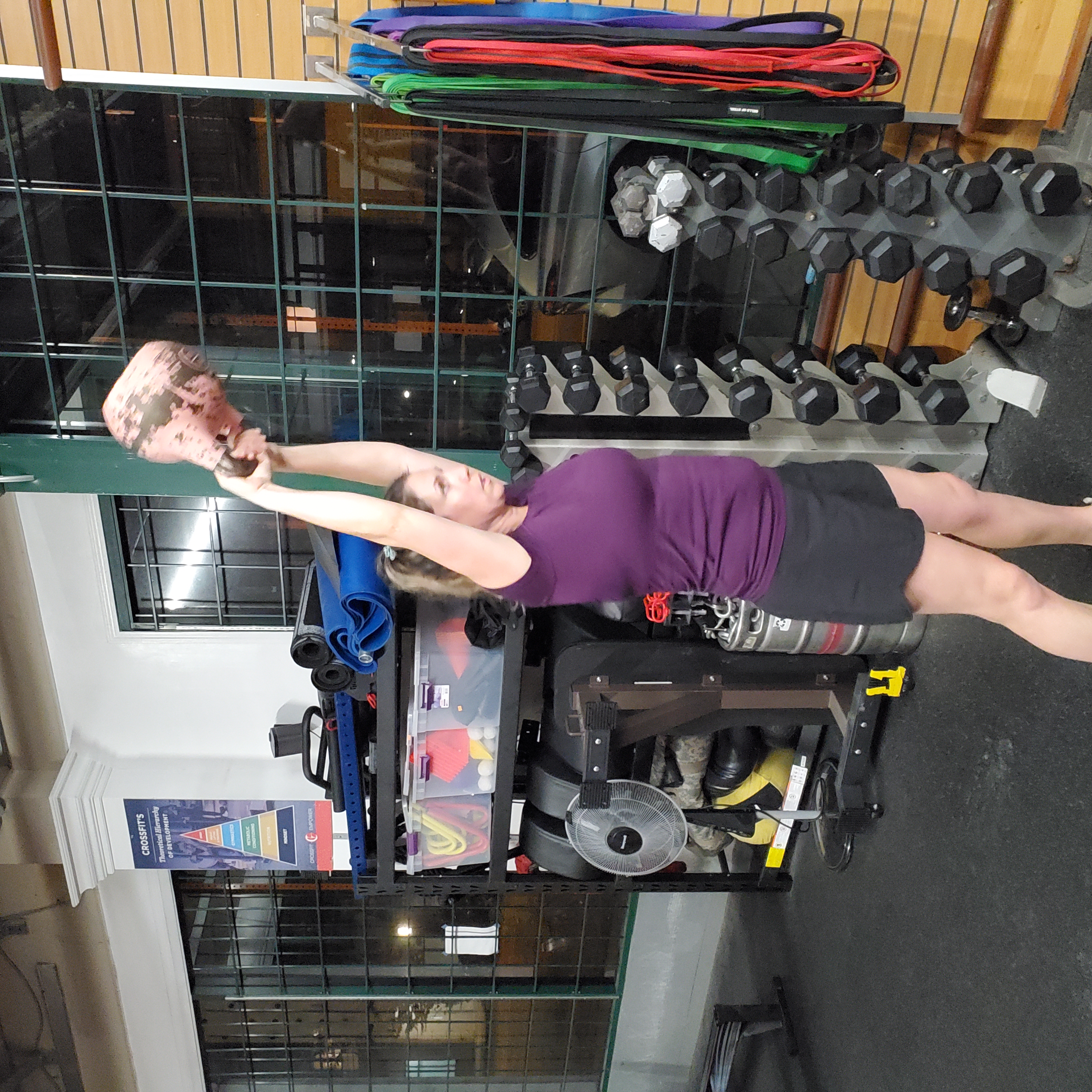
I spent the early morning hours doing what I could of my morning reset and finding myself extremely limited. I did some Muscle Balance and Function shoulder rehab exercises but found many of them inaccessible in my current condition. I tried a few banded shoulder rehab exercises but nothing was working to resolve the issue. My arm was in pain in every position, my hand nearly useless and I found myself wanting to put it in a sling. My plans to go to the pool were stymied as I found myself incapable of climbing in and out of the water. Heck, just trying to get out of my T-shirt proved a painful challenge.
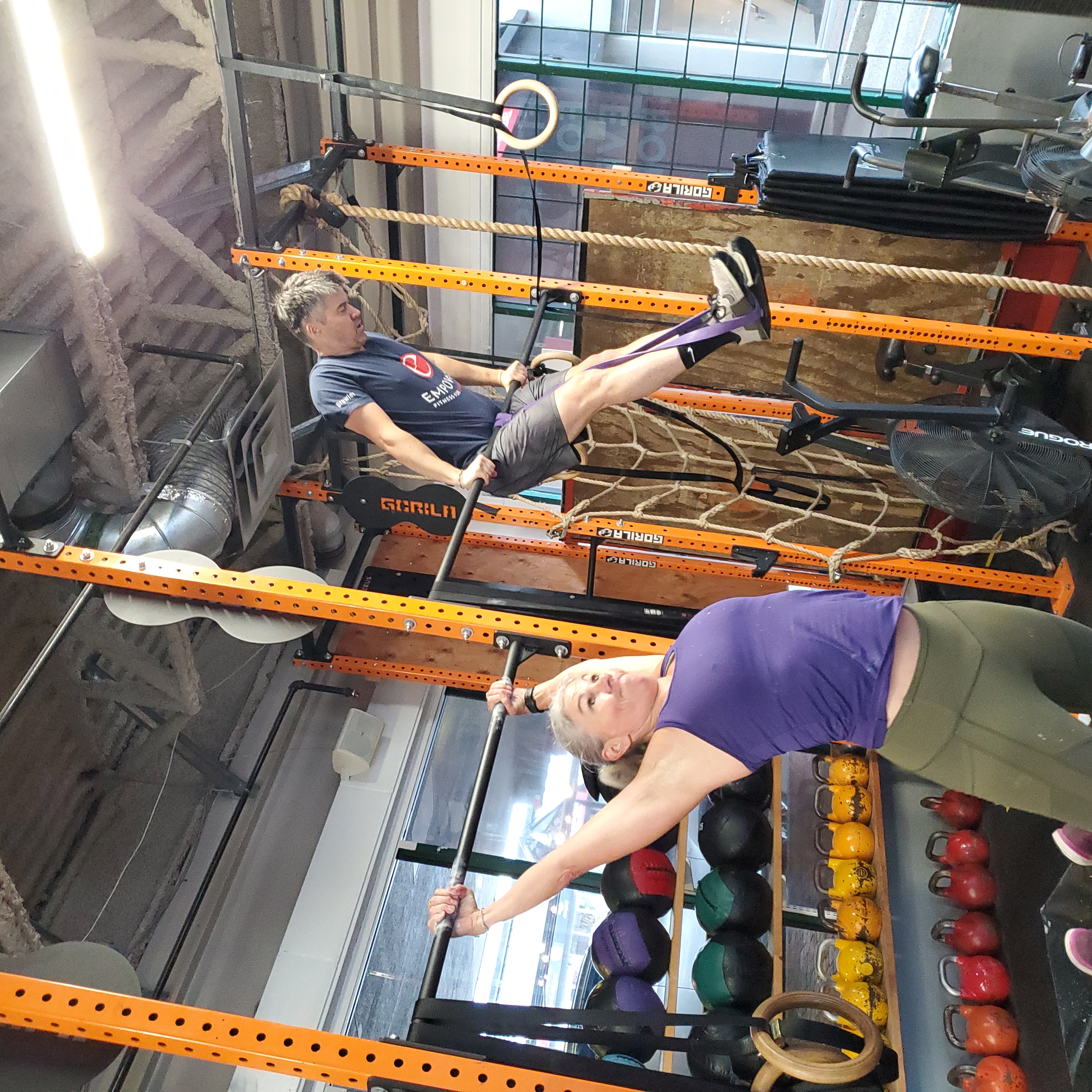
Last time I booked an appointment with a physio was pre-COVID but I managed to secure a 2pm time slot with physio Alex Ferguson across the street at Seva. Having never met Alex before I went in prepared to do some evaluation of his ability to help me. Based on previous rehab experiences I was not overly optimistic. What follows explains how to screen the good physios from duds.

After the standard shoulder assessments Alex suggested some of the symptoms are consistent with a partial labral tear but he can’t rule out a tight shoulder capsule and would like to wait a week before recommending scans (deduct point).
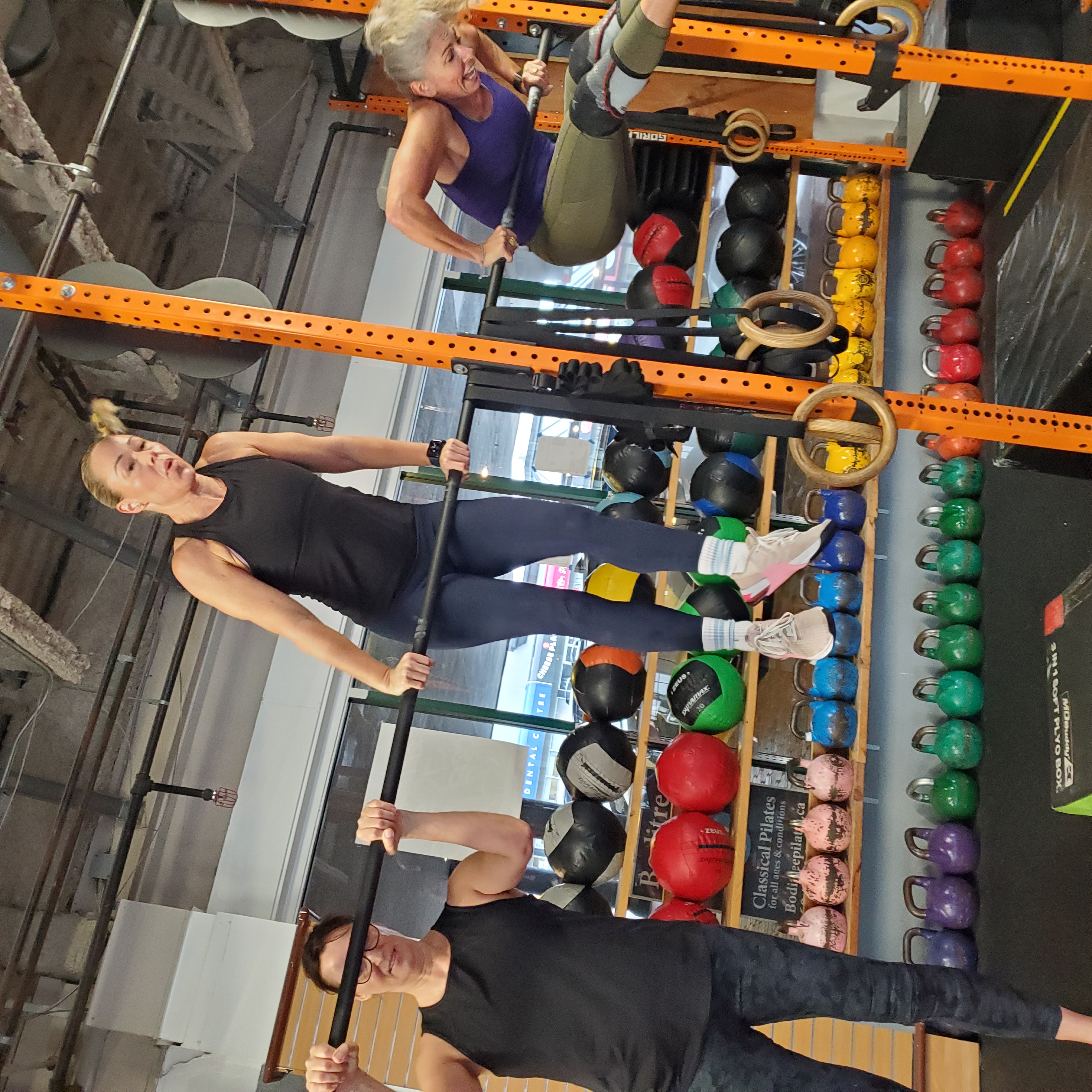
Why scans? I asked, it’s a waste of my time and taxpayer money because we both know many people are walking around with asymptomatic labral tears. In fact, my right shoulder has a labral tear that has been asymptomatic for 12 years. Even if we do find a tear in my left labrum, the scan doesn’t tell us if that is what is causing the pain, as far as we know I could have torn the labrum years ago and never known.
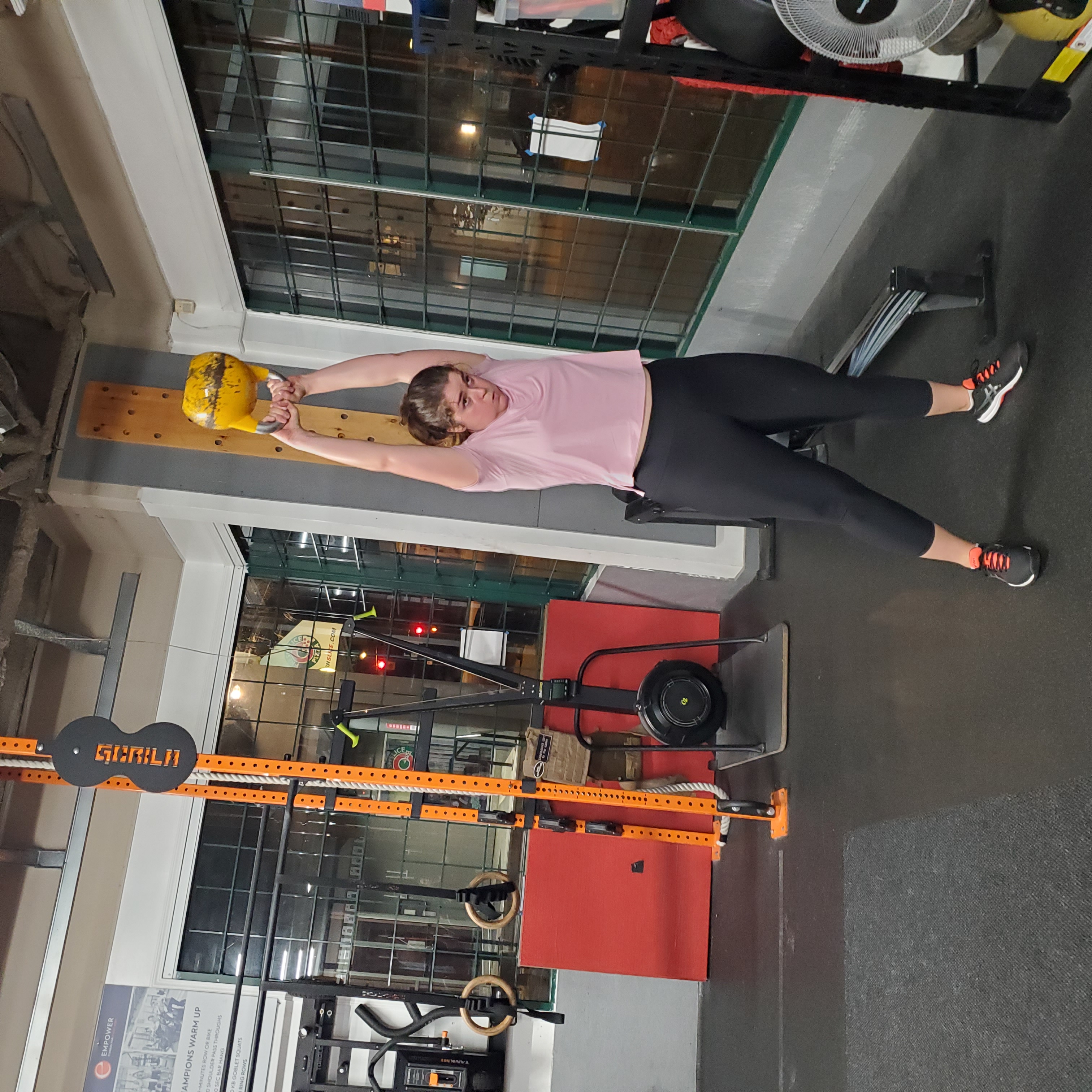
To his credit, Alex’s face lit up. Exactly, he beamed. Usually patients ask me for a scan because they feel like it is important to know so I humour them.

But the scan results don’t matter, I said, because the treatment is the same either way. Alex looked at me like he had discovered a kindred spirit. His grin widened as he nodded his head, of course, he agreed, either way, our mission is to mobilize and strengthen the shoulder. Whether it's a torn labrum or a tight shoulder capsule, we will be doing the same exercises.
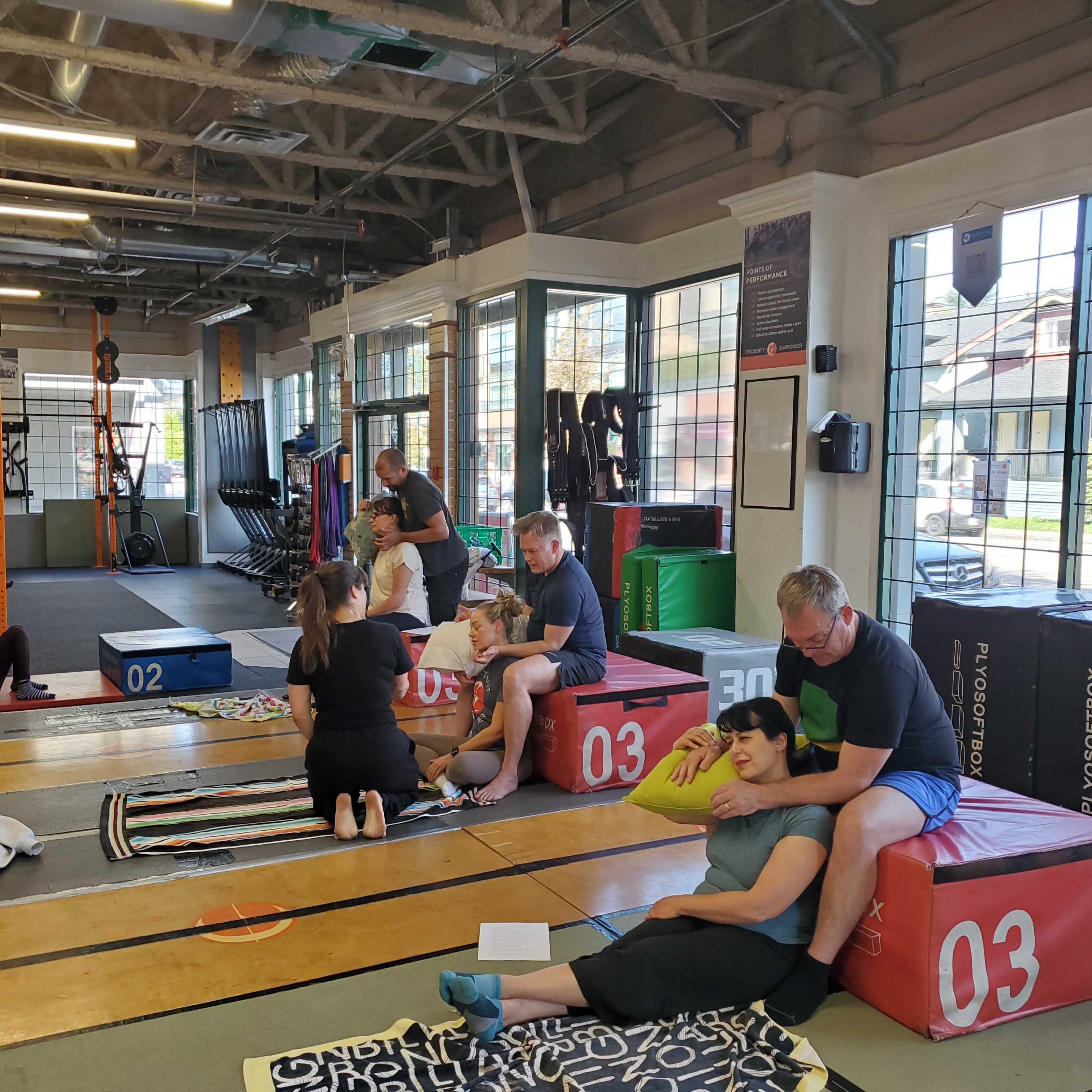
So, the scan is irrelevant, I concluded. Yes, Alex agreed, unless your shoulder issue fails to respond to treatment after a few months in which case we would want a scan to try to understand why. Okay, I was liking this guy. He knows what he’s talking about. He only suggested a scan because that’s what most people expect from him (give him back a point).
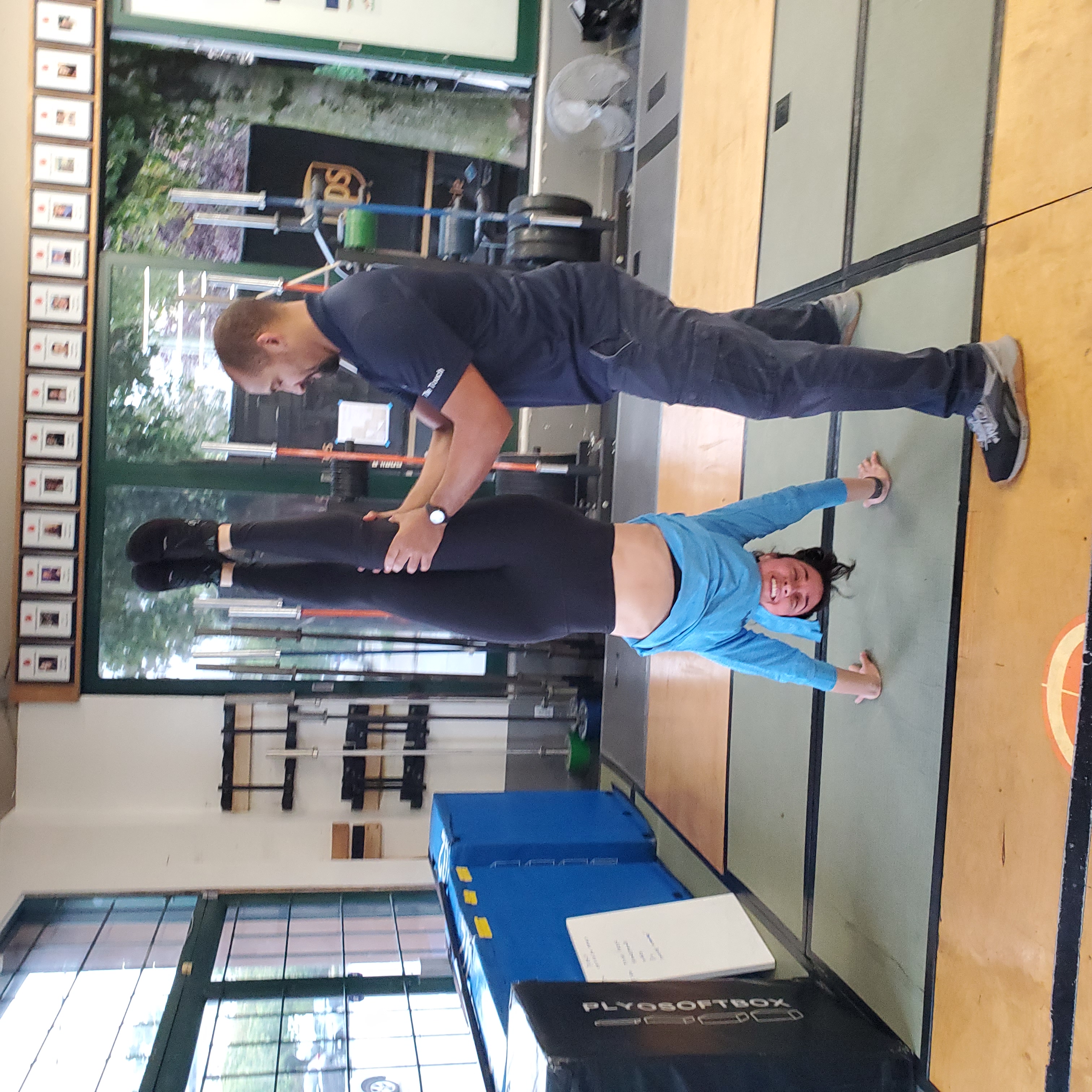
I suspect the left shoulder blade may be winging out a bit, I suggested. Alex took a look and shook his head, they may not be perfectly symmetrical, he allowed, but no one really is (more points to Alex). We’re typically one side dominant, he continued as I nodded agreement, therefore it is normal to have some imbalances left to right.
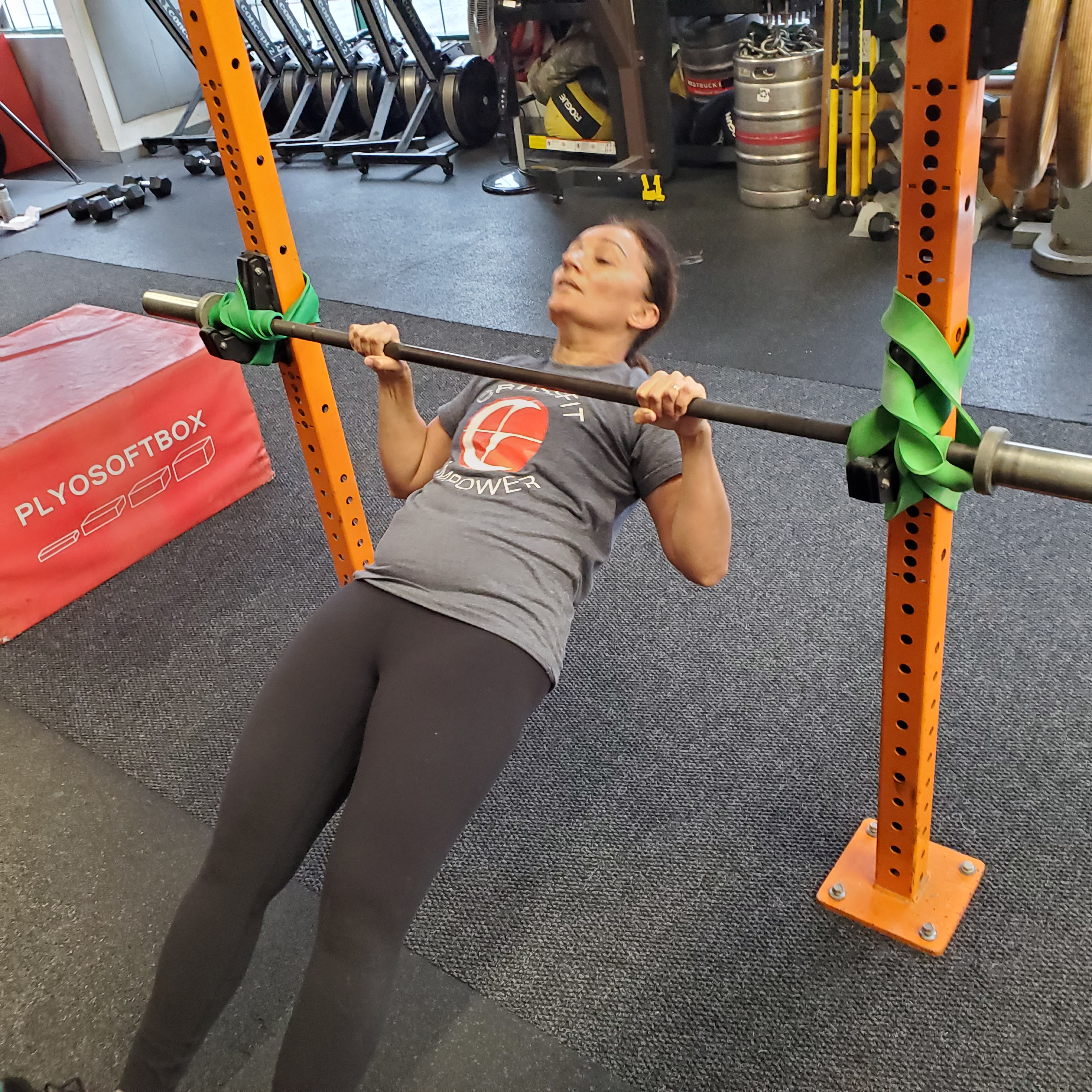
We do want to get you moving, Alex said (big point), after all, motion is lotion. Of course, I agreed. Do you need me to show you some exercises? He asked. I don’t think that’s necessary, I answered, the goal is to get it moving through as much pain-free range of motion as possible.
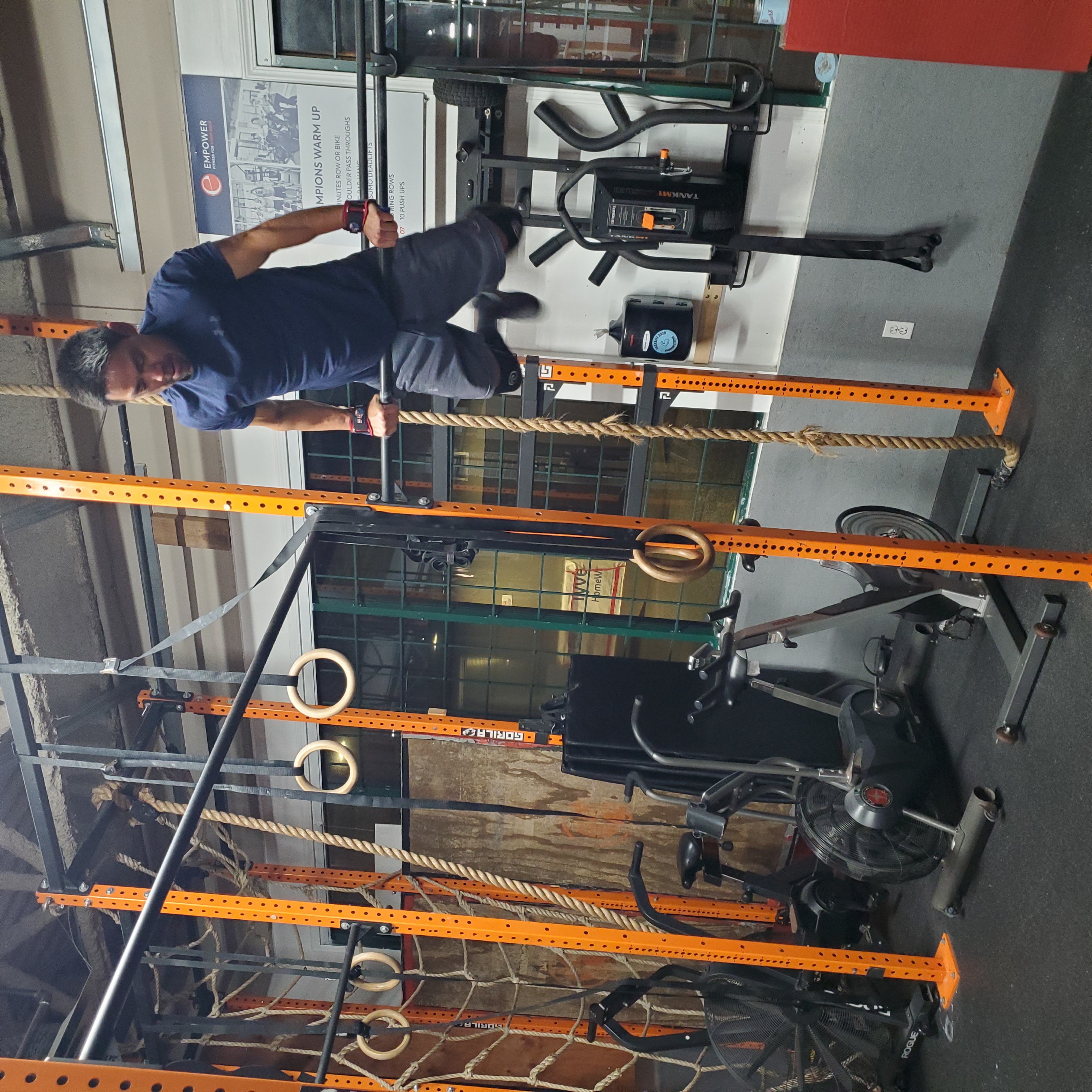
Yes, Alex agreed, nothing heavy or fast but you need to move it, even if you have to support it with your good arm your goal is to put it through a full range of motion with light resistance. I especially want you to get it overhead as much as you can, and he demonstrated shoulder pullovers (another point to Alex). And it's okay if it hurts as long as you keep the pain at a 3 out of 10 (big points, Barbell Rehab Method teachings right there).
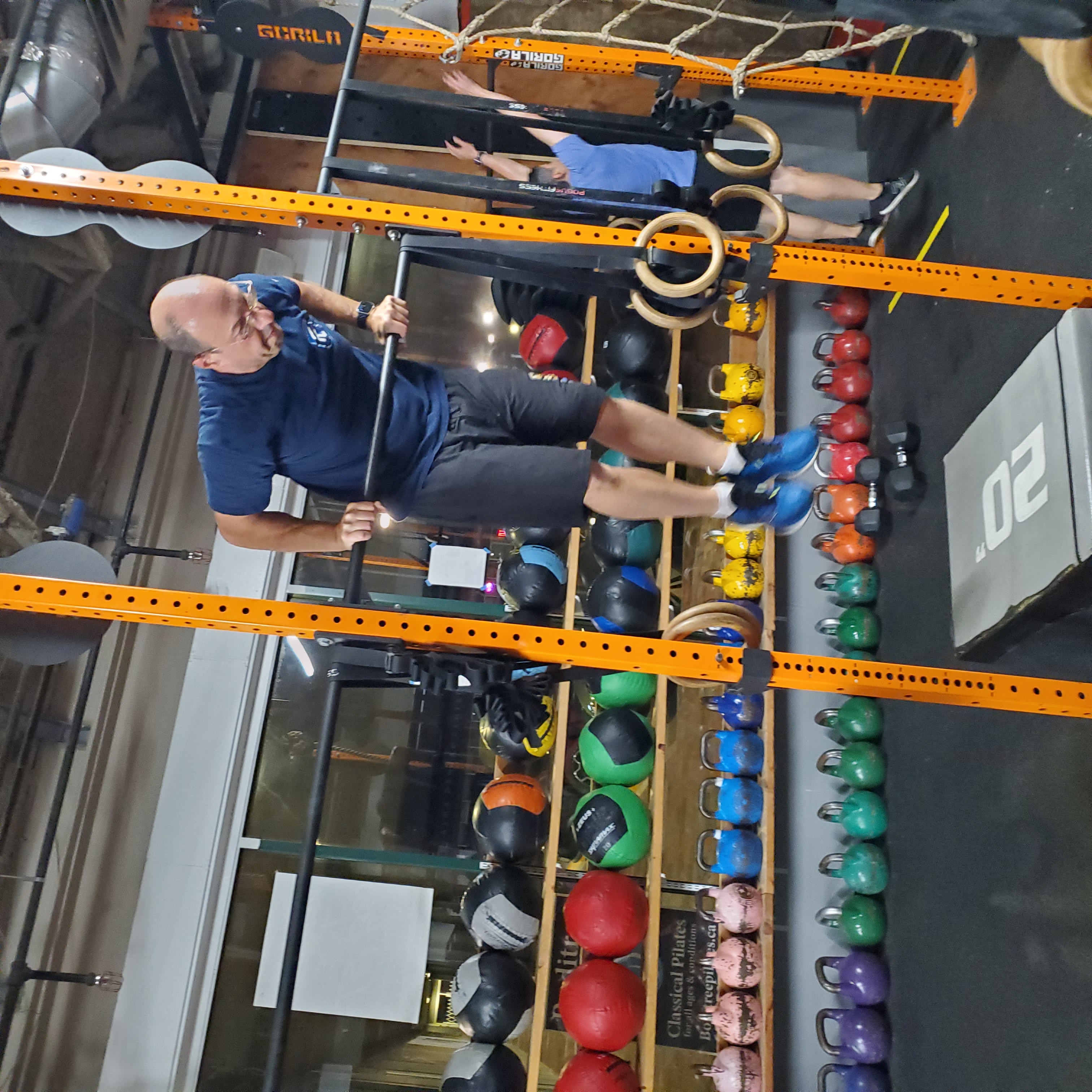
We agreed on a one week follow up and I went home to exercise my shoulder. Alex’s treatment had already provided some pain reduction and increased range of motion providing hope that we can resolve the issue in a timely fashion.
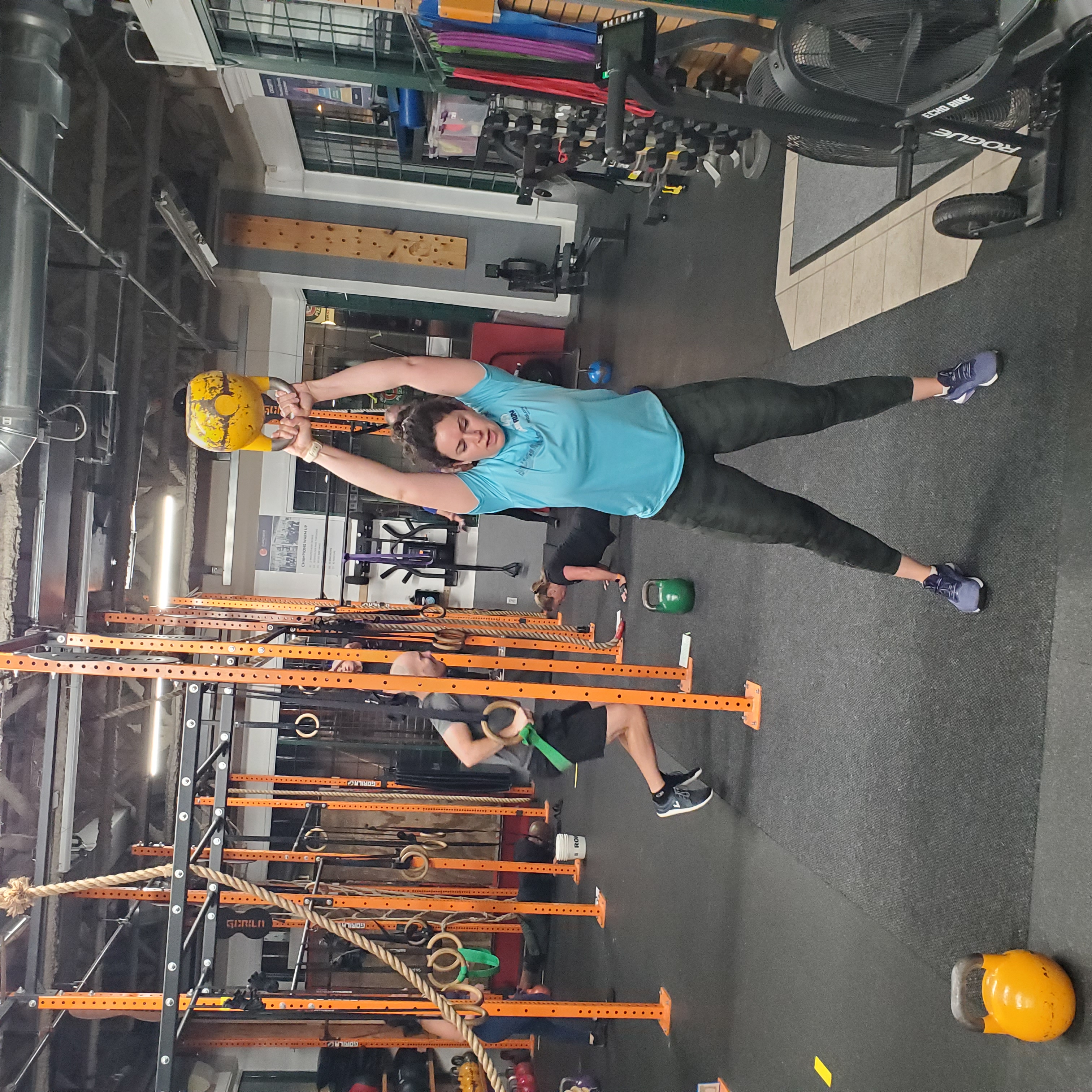
When you are in pain, the last thing you want to do is move. Pain is a great demotivator. I don’t enjoy working through pain any more than you do. But the only way your body heals is through movement and you want to reclaim your full range of motion and strength as soon as you possibly can. Aggravating the injury is counterproductive but there will be some discomfort as you retrain the damaged or inflamed tissues. Also, there are no magic rehab movements. All functional movements will work to restore strength and range of motion if you perform them correctly under appropriate loads.
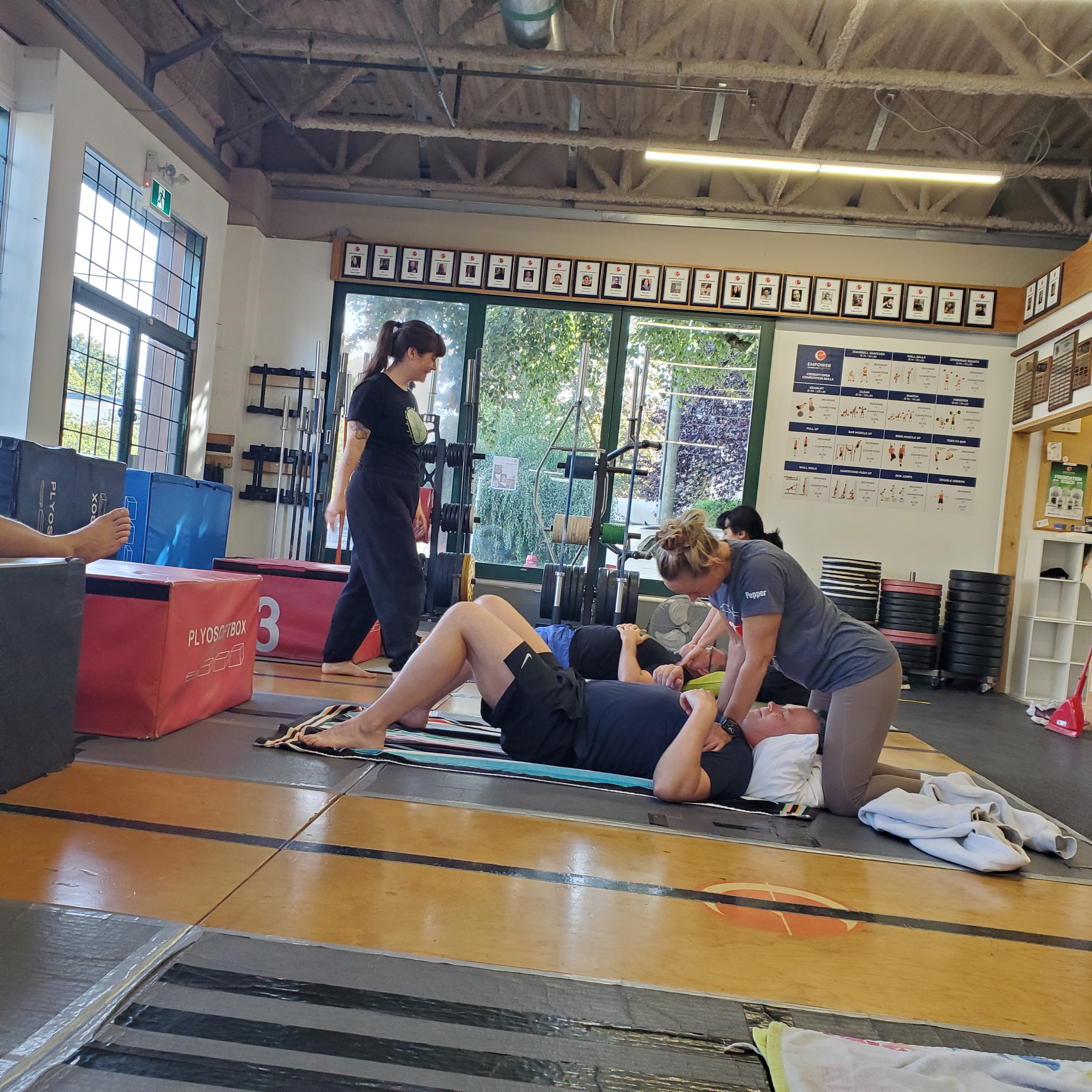
Ultimately, I was very pleased with Alex. You are a dream client, Alex said, as I was departing. You’re fit, you know your body, you are willing to put in the work and you understand what you need to do and why. Not my first rodeo, I answered, enjoying the compliment.
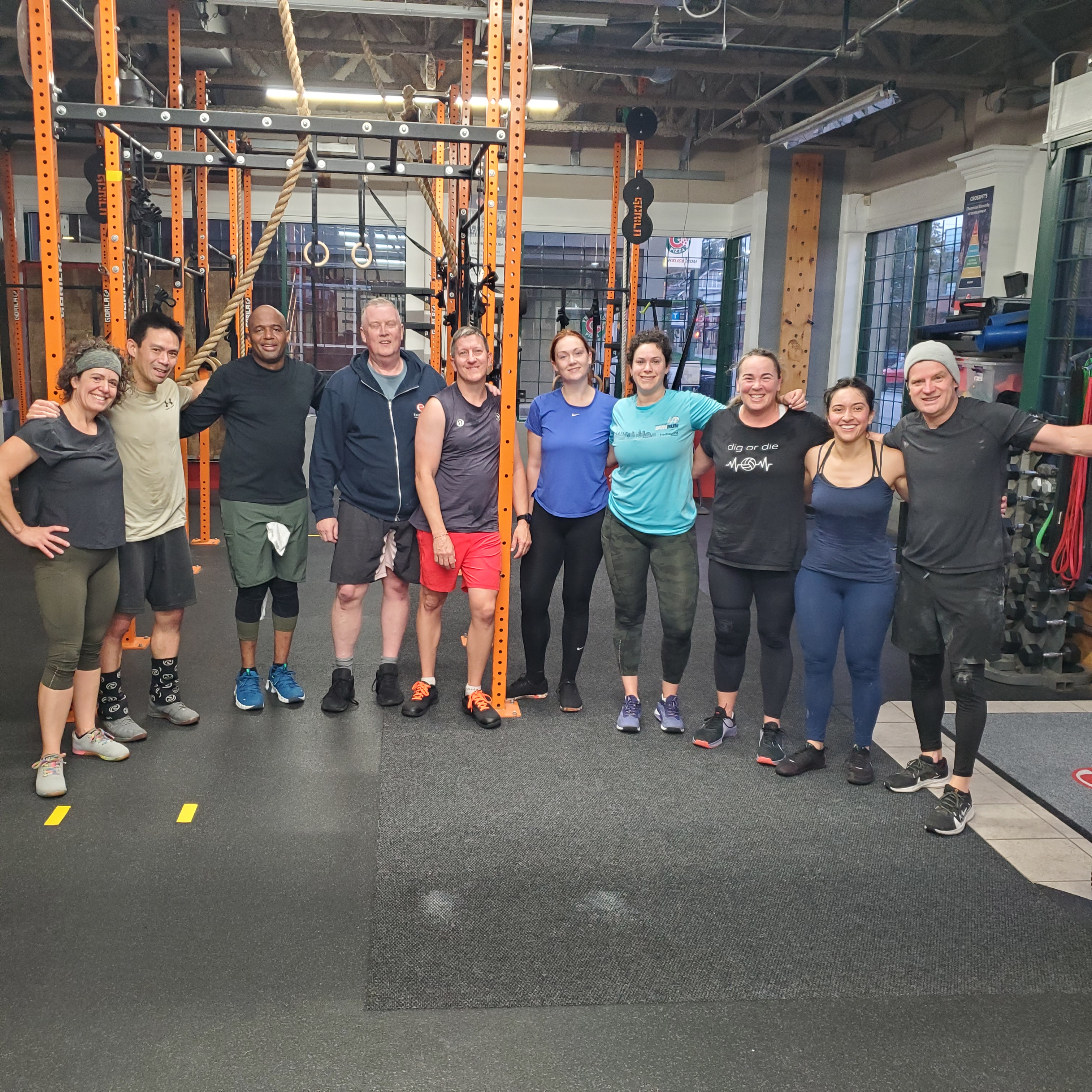
Here are warning signs that your physiotherapist is not current on rehab sciences:
1) They insist on a scan at the outset
In most cases this is a waste of your time as the treatment will always be the same: mobilize and strengthen through a full range of motion. Remember, a large percentage of tears, bulges and herniations are asymptomatic. An equal number of joint complaints exist absent any tissue damage. So, just because you have a tear that happens to correspond with pain in that joint, there is no telling if the two are connected. You may have torn the tissue years ago and never noticed but are only experiencing discomfort now. If that is the case, it is not really the tear causing the pain, is it? I realize that this is a very difficult concept for most people to wrap their heads around but studies support this finding again and again and any rehab specialist up to date on the research knows this full well.
2) They obsess about asymmetries
You are probably right or left hand dominant. As a result, you do not operate symmetrically in the world but favour one side. Even if you were completely ambidextrous, your organs are not distributed symmetrically in your body. Your body isn't, never will be, and was never meant to be symmetrical. Any quack (and I’ve encountered a few) who tries to bend you into symmetry, is fighting your natural physiology and it will not go well.
3) They restrict you to specific rehab exercises
There are no magic rehab exercises. All full body, functional movements are rehab exercises. The ones they prescribe are no better or worse than any others. Every functional movement we program in the gym, performed at the correct intensity, is a rehab exercise (I do not believe devil’s presses or handstand walks belong in the category of “functional movement”).
4) They tell you to avoid painful movement
Moving after an injury is going to hurt. You don’t want to overdo it but a pain level of 3/10 appears to be the sweet spot for accelerating recovery. This doesn’t mean pushing through intense pain, just mild discomfort.
5) They tell you to stop moving
If any doctor, physio or any other health practitioner says this to you, run for the door. This person cannot help you and will only end up harming you in the long run. The most important thing is to keep moving! Motion is lotion, your body heals through movement. Remember, every 2 weeks inactivity is associated with 3% muscle loss and muscle mass has an inverse relationship with all cause mortality. Also, does it make sense to cure a sprained ankle by increasing the athlete’s risk of death from diabetes, cardiovascular disease and several forms of cancer? It’s like cutting off a head to cure a headache. The recommendation to stop moving in a society which sees 70% or more people dying from chronic lifestyle diseases preventable through active lifestyle is irresponsible small picture thinking.
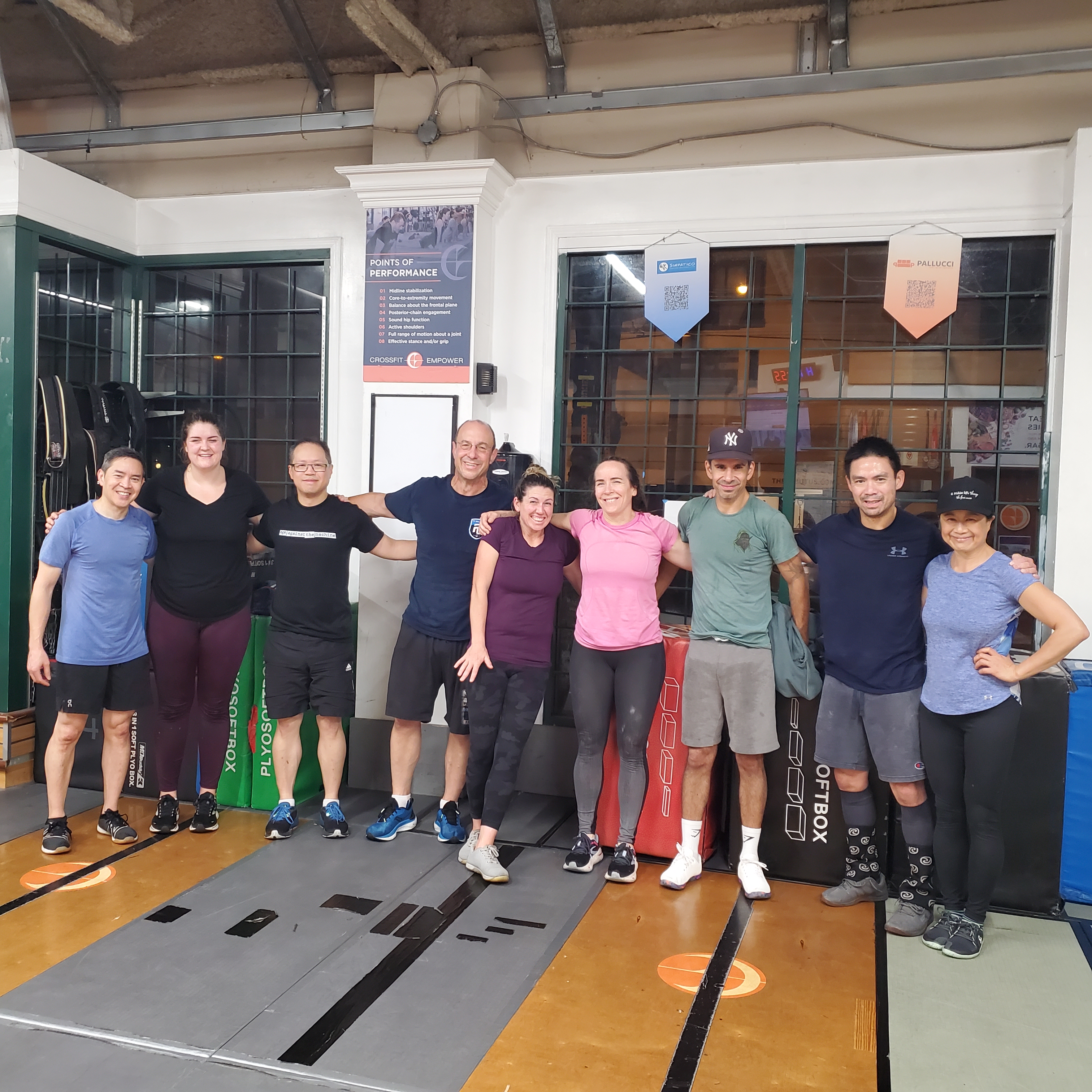
Understanding these basic principles has given me the power of fast healing. While I do not ignore injuries or aggravate them, I do not stop moving. 24 hours later, it is still a challenge to get in and out of a shirt but I have recovered 90% of my pain-free range of motion and am confident that my symptoms should be resolved by the time I see Alex again next week. Two days after my rude awakening, I managed to perform a few slow, static pull ups. The first round was mildly painful and I had to do them as singles but, the tissue warmed up and hanging forced the shoulder into a better position so that by the last round I was able to do 3 in a row with minimal discomfort.
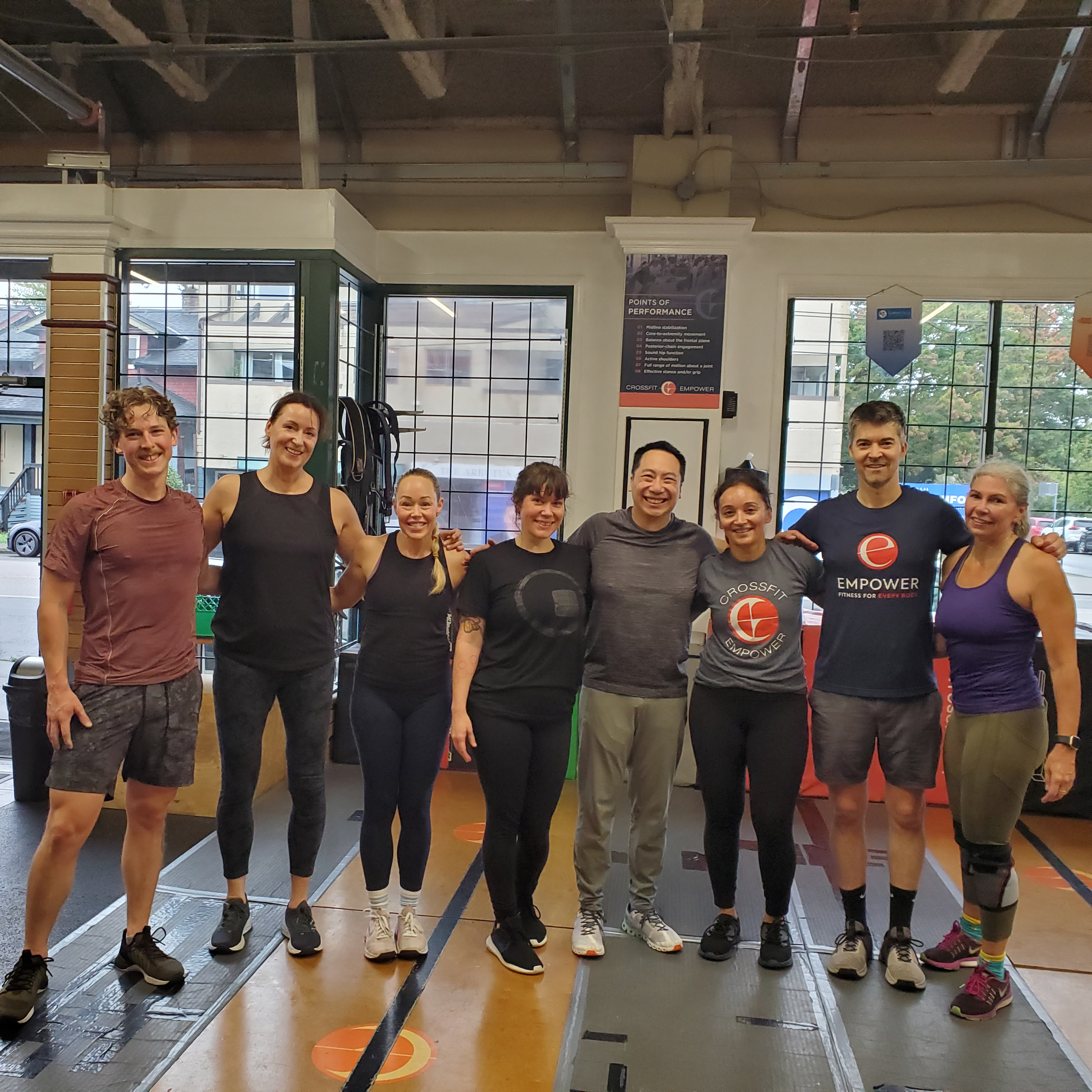
By the way, I am adding Alex to my list of preferred physiotherapists. Alex Ferguson at Seva, he seems to know what he’s about.
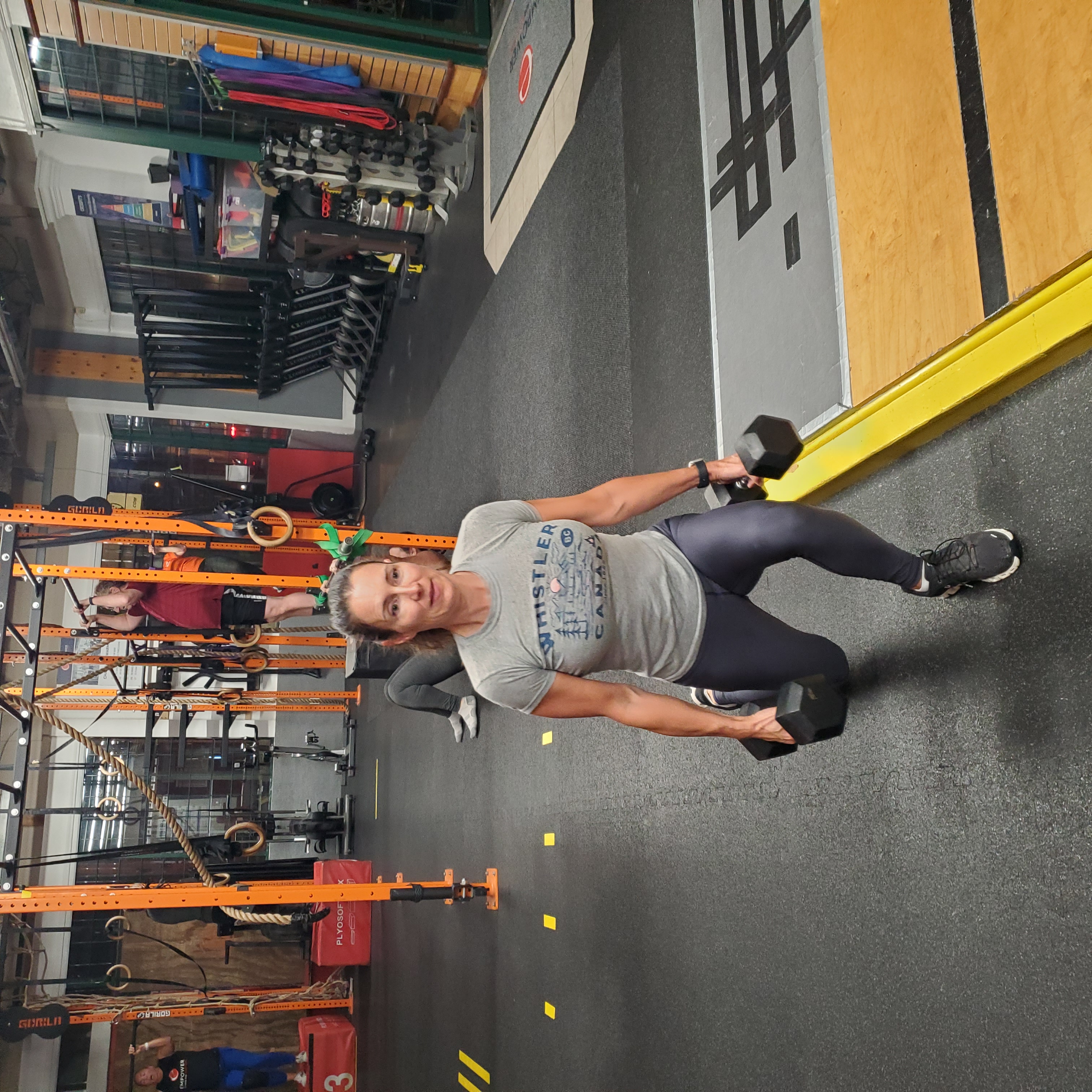
Friday Make Up Day
1) Empower Reset #43
10 mins
20 Deadbugs
20 Egg Rolls
20 Windshield Wipers
20 Glute Raises
10 mins
20 Hands & Knees Rock
20 Bird Dogs
10/10 Leg Extended Rock R/L
10 mins
Alternate Between:
Hands & Knees Crawl
Leopard Crawl
10 mins
10 Full Body Rocks
20 Cross Crawl March
10 Cross Crawl Squats
10 Cross Crawl Reverse Lunges
10 Cross Crawl Side Lunges
10 Cross Crawl Curtsy Lunges
2) 7 Rounds:
7 HPC
7 Front Squats
7 S2OH
7 Bar Facing Burpees
3) Every minute on the minute for 15 minutes complete:
Minute 1: 20 wall-ball shots
Minute 2: 15 box jumps
Minute 3: 10 deadlifts.
Minute 4: Max ring muscle-ups
Minute 5: Rest
